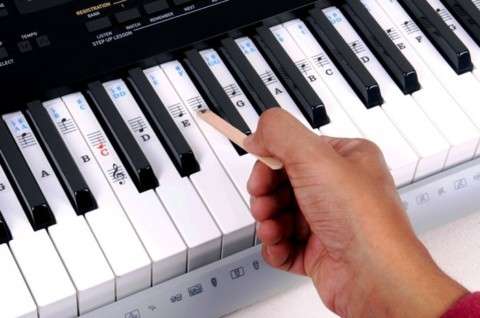How to develop a sense of rhythm for a child and an adult?
Contents
Rhythms accompany us everywhere. It is difficult to imagine a region where a person does not encounter rhythm. Scientists have long proven that even in the womb, the rhythm of her heart calms and lulls the child. So, when does a person begin to feel the rhythm? It turns out, even before birth!
If the development of the sense of rhythm were considered from the point of view of the development of the sense that a person has always been endowed with, then people would have much fewer complexes and theories of their “rhythmic” inadequacy. The feeling of rhythm is a feeling! How do we develop our senses, for example, the sense of taste, the sense of distinguishing smells? We just feel and analyze!
The only difference between the sense of rhythm and all other senses is that rhythm is directly related to hearing. Rhythmic sensations are, in fact, part of the auditory sensations. That’s why any exercises to develop a sense of rhythm are also aimed at developing hearing. If there is a concept of “innate hearing,” how correct is it to use the concept of “innate rhythm”?
Firstly, when musicians talk about “innate hearing,” they mean a musical gift – a person’s absolute pitch, which helps distinguish the pitch and timbre of sounds with one hundred percent accuracy.
Secondly, if a person acquires a sense of rhythm before he is born, how can it be “unborn”? It can only be in an undeveloped state, at the level of hidden potential. Of course, it is easier to develop a sense of rhythm in childhood, but an adult can do it too.
How to develop a sense of rhythm in a child?
The ideal situation is when parents are involved in the complex development of the child immediately after birth, including rhythmic development. Songs, rhymes, sounds that a mother makes while doing daily gymnastics with her baby – all this can be included in the concept of “developing a sense of rhythm.”
For older children: preschool and primary school age, you can offer:
- recite poetry with certain emphasis on the strong beat, because a poem is also a rhythmic work;
- recite poetry with clapping or stamping on the strong and weak beats alternately;
- march;
- perform basic rhythmic dance movements to music;
- play in a shock and noise orchestra.
Drums, rattles, spoons, bells, triangles, tambourines are the most effective means for developing a sense of rhythm. If you bought one of these instruments for your child and want to practice with it at home on your own, then invite him to repeat after you basic exercises to develop a sense of rhythm: a sequence of identical, uniform strokes or, conversely, strokes in some whimsical rhythm.
How to develop a sense of rhythm as an adult?
The principle of exercises for developing a sense of rhythm in an adult remains unchanged: “listen – analyze – repeat”, only in a more complex “design”. For adults who want to develop their rhythmic sense, there are a few simple rules. Here they are:
- Listen to a lot of different music, and then try to reproduce the melodies you hear with your voice.
- If you know how to play an instrument, then sometimes play with metronome.
- Play different rhythmic patterns you hear by clapping or tapping. Try to raise your level all the time, choosing more and more complex figures.
- Dance, and if you don’t know how, learn to dance: dancing perfectly develops a sense of rhythm.
- Work in pairs or in a group. This applies to dancing, singing, and playing an instrument. If you have the opportunity to play in a band, orchestra, sing in a choir, or dance in a couple, be sure to take it!
It must be said that you need to work purposefully on developing a sense of rhythm – with a business-like approach to this “thing,” the results become noticeable even after one or two workouts. Exercises for developing a sense of rhythm come in varying complexity – some are primitive, others are labor-intensive and “puzzling.” There is no need to be afraid of complex rhythms – you need to understand them, just like mathematical equations.



